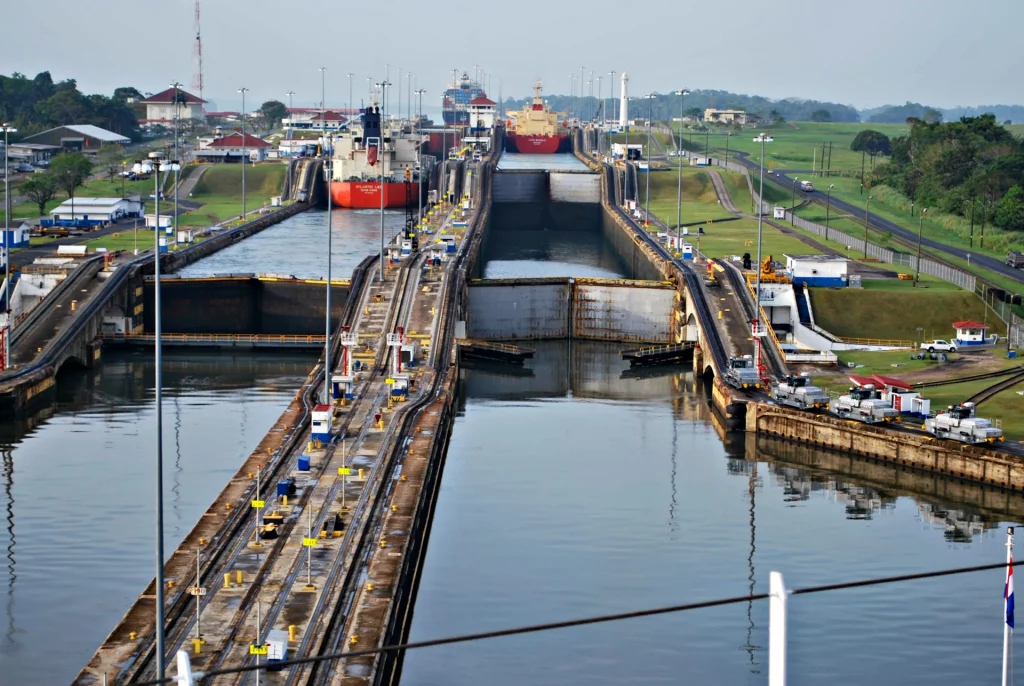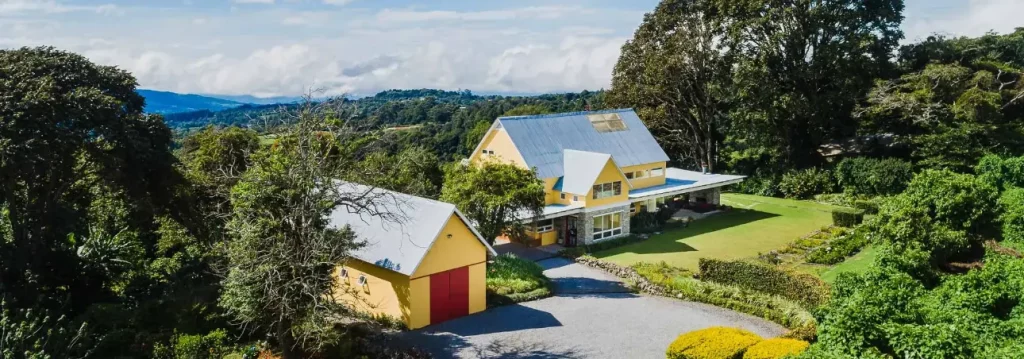ACP Targets 5 Million TEU Capacity Increase Across Two New Ports
The Panama Canal Authority (ACP) has launched an ambitious plan to build two new transshipment terminals – one on the Pacific and one on the Caribbean – designed to handle an additional 5 million TEU per year. The move is part of a broader strategy to reinforce Panama’s role as a global logistics hub amid rising regional trade volumes.
Top Shipping Giants Enter Preliminary Talks
Major global operators including Maersk, MSC, CMA CGM, COSCO, and DP World have joined the ACP’s consultation process to explore potential partnerships. Each new port is expected to manage 2.5 to 3.5 million TEU annually, complementing Panama’s current throughput of about 21–22 million TEU across its existing terminals.
Development Roadmap Set for 2026
Feasibility and market studies are now underway. The ACP expects to prequalify bidders by early 2026 and award final concessions by the end of that year. The Pacific-side development revives the earlier Corozal terminal plan, while the Caribbean-side hub will rise on 150 hectares of ACP-owned land near the Atlantic Bridge.
Panama’s Ports Hit Record Throughput in 2024
Panama’s five operating ports – MIT, CCT, Cristobal, Balboa, and PSA Panama – moved 9.4 million TEU in 2024, marking a 29% jump over 2019 pre-pandemic levels. Caribbean terminals grew by 23%, and Pacific terminals surged 38%, highlighting Panama’s strategic location and rising cargo demand.
ACP Seeks Modern, Future-Proof Infrastructure
ACP Administrator Ricaurte Vásquez emphasized that the new projects are meant to complement, not compete with, existing terminals. “The current ports are vintage facilities,” he said, noting that 72% of vessels transiting the Canal already make a Panama stop for cargo operations. The upgrades will ensure Panama remains competitive amid evolving global shipping patterns.
A Nation Doubling Down on Its Global Commitment
This dual-port initiative represents Panama’s continued investment in the infrastructure that underpins international commerce. With trade volumes expected to climb sharply in the next decade, the country is once again positioning itself as a cornerstone of maritime efficiency and global economic connectivity.
Written on: November 2, 2025




